What’s the reason for traffic calming measures?
Traffic calming measures are the physical designs or other measures to reduce road traffic for the safety of motorists, cyclists, and pedestrians.
Traffic calming strategies are the tools to combat overspeeding, hazardous accidents, and other unsafe behaviours of neighbourhood drivers.
These measures aim to encourage safer, more responsible driving and reduce traffic flow.
Different speed calming devices such as speed limit signs, traffic barriers, traffic cones, warning signs and other road traffic safety accessories minimise accidents.
This makes school zones, public work zones, hospital areas, parking lots and other sites safer for everyone.
Do you want to know more about this topic? We also have an article talking about the best traffic calming strategies in Europe.
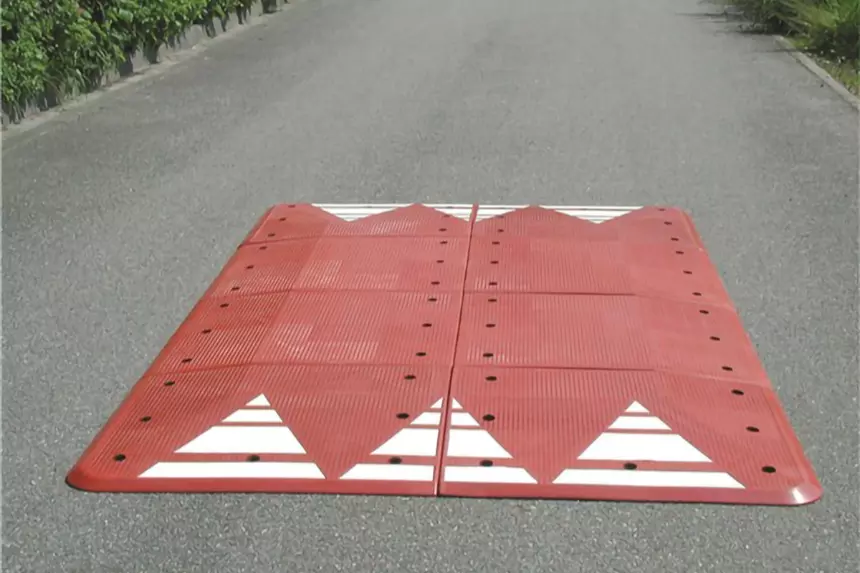
What’s the reason for traffic calming measures?
Traffic engineers define traffic calming as the combination of measures that help reduce traffic, minimize the adverse effects of vehicular traffic, alter driver’s behaviour and improve road conditions for non-motorized street users.
These reasons make traffic calming measures the best ways to ensure safety for pedestrians and vehicles:
- Devices decrease vehicular traffic lanes for pedestrians to cross.
- Provide room for pedestrian crossing.
- Improves speed limit and keeps it in a specified range.
- Minimize the collision risk and decrease the severity if crashes do occur.
- Reduce rear-end and side-swipe crashes to lower fatalities.
- Provide an opportunity for on-street parking, serving as a buffer between pedestrians and vehicles.
- Improve bicyclists’ safety when bicycle lanes are added.
- Increase the response rate of ambulances and fire trucks to reach their destination on time.
- Help patients, handicapped and older people to safely travel in vehicles without crossing the speed limit and gives a smoother pathway with no jerks or jolts.
- Traffic calming measures help police enforcement to maintain a steady traffic flow and provide highway authorities with a safe pathway.
- Improve property value.
- Encourage varied transportation modes.
So, don’t let traffic-controlling devices be ignored, as they play a significant part in saving your life and adding meaning to it.

You have already read a good part of this article, 👀
We've
got the impression that you like it. 🙂
👇🏻
IF YOU ARE LOOKING TO WORK DIRECTLY WITH A MANUFACTURER,
FEEL FREE TO CONTACT US. WE ARE VERY HAPPY TO HELP!
What are the potential benefits of traffic calming measures?
Road safety measures have countless benefits, but the major ones are as mentioned below:
Equilibrium among different vehicular traffic
Traffic calming measures bring equilibrium among buses, bicyclists, motorists, and other vehicular traffic. A steady traffic flow is automatically attained when drivers are bound to drive at 20 to 25 mph speed, contributing to speed reduction.
Similarly, fast-moving vehicles do not interrupt ambulances, firefighters, or security-providing vehicles.
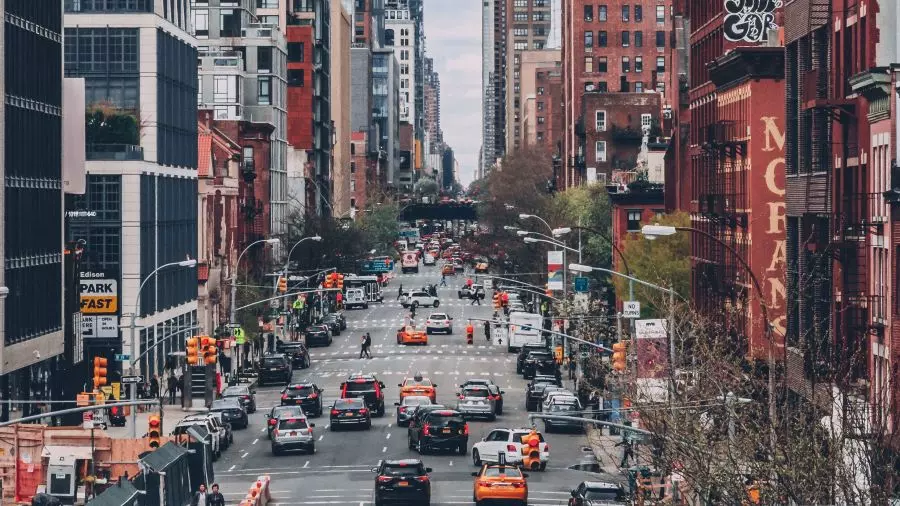
Reduced fuel consumption
In another context, traffic calming measures also help reduce fuel consumption. With the reduced speed of vehicles, it becomes easy for bicycles to travel on the road.
This encourages bicycle trips or walking along the road in highly managed traffic. When the route is secured for slow-moving traffic, people prefer bicycles and relief from fuel consumption.
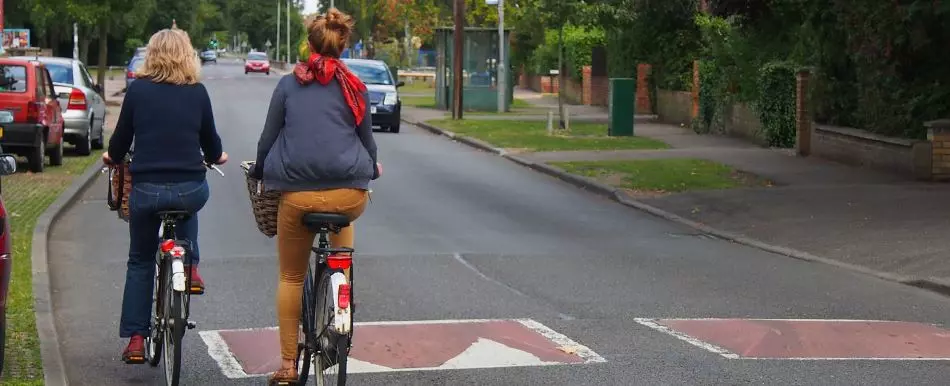
Reduced noise, better surroundings
Overspeeding vehicles have nothing to do with their lives or your peace.
They keep on violating rules and crossing speed limits. However, traffic calming measures or traffic controlling devices make it necessary to limit speed and lower the chances of hazardous accidents.
When the speed is slowed down, speeding vehicles’ noise is also reduced, making the space calm. This is an excellent relief for residential areas where approaching vehicles are a constant headache.
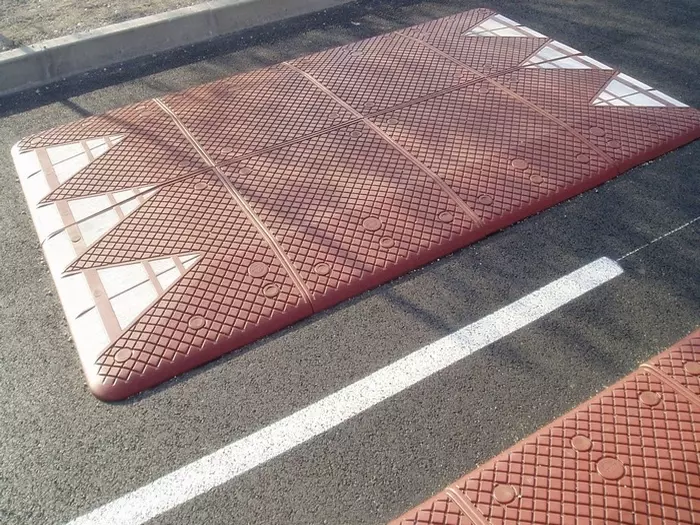
Improved traffic in high streets
High streets are the central streets of the town or a society. These streets are always crowded with people and have huge volumes of traffic.
There could be adjacent driveways, parking lots, roundabouts or other road intersections. In short, they remain constantly loaded, and traffic control devices installed in such areas maintain a balance.
Property owners feel secure about their families’ lives and can fearlessly move along the road.
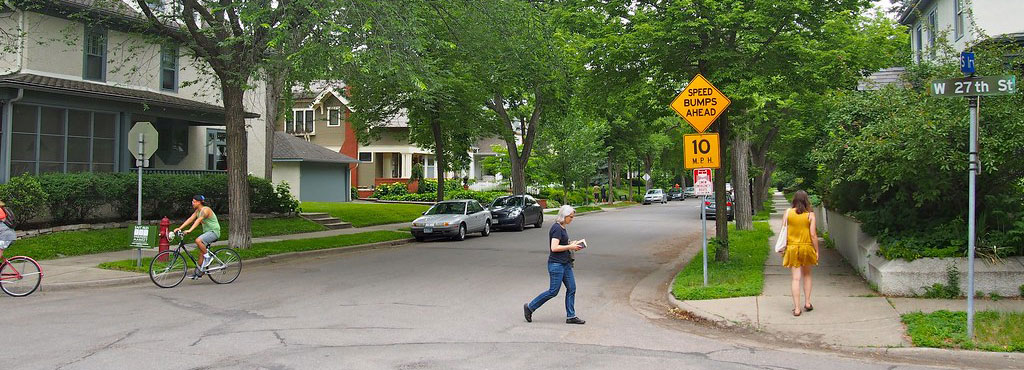
What are the methods of traffic calming?
There are numerous ways or traffic calming measures to slow the speed of vehicles. The significant traffic calming methods include:
Traffic calming with rumble strips
Rumble strips are V-shaped or rounded grooves made on the pavement to warn drivers so that they are well aware of the road boundaries. These are among the best traffic calming devices that produce a rumbling effect or vibration to alert drivers to limit speed.
These are also installed on rural highways to indicate that a stop sign is coming up. Mainly it helps to calm traffic after a long-distance of stop-free travelling before that point.
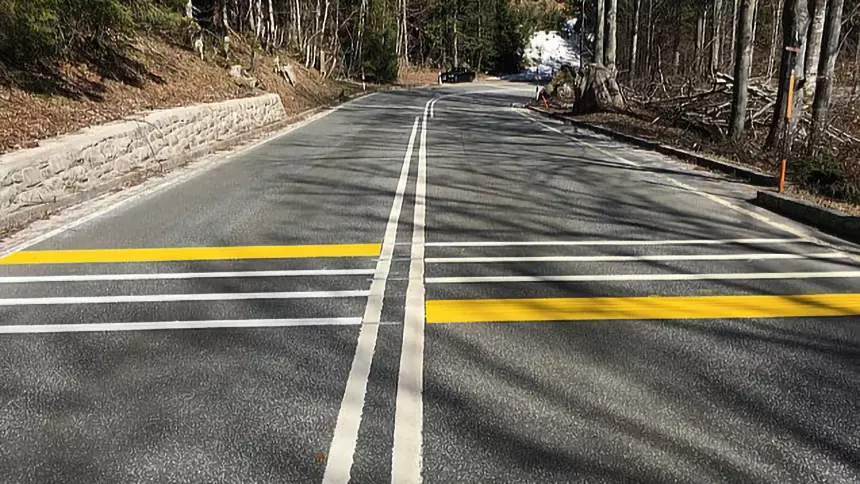
Vertical deflection traffic calming measures
Vertical deflection traffic calming measures intend to slow traffic with slight hindrance or jolt. Some devices are more calming than others, but neither is designed to make travelling difficult.
Speed bumps or speed humps
Speed bumps and speed humps are similar to speed tables, but they have more height and give a minor jolt. Vehicles cannot straddle the speed bumps and speed bumps, but they also contribute to calming traffic to a greater extent.
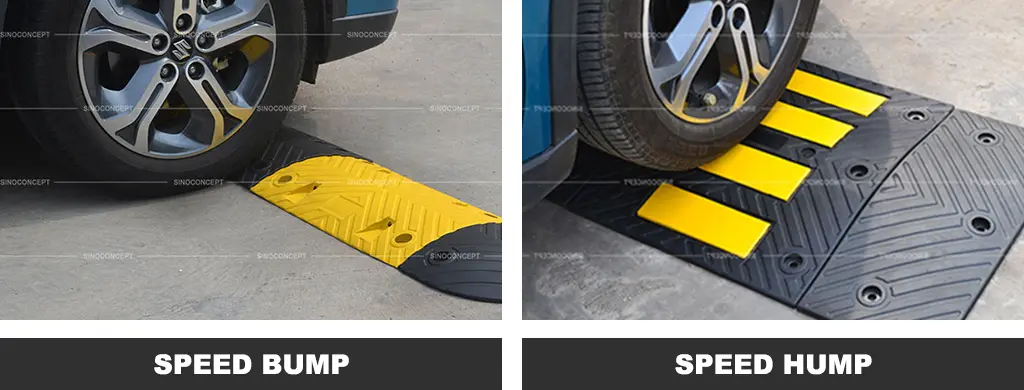
Speed cushions
Speed cushions, commonly known as speed tables, are among the most appropriate traffic calming means that help reduce speed without a significant impact.
These devices have the calmest effect with fewer jolts. Drivers get a smooth section on the road and are slowed down. Speed tables are used at junctions or nodes between Arterial roads and those connecting them.
Similarly, road intersections, entry and exit points and pedestrian crossings are major sites where speed cushions are installed. You can find asphalt, concrete, plastic or recycled rubber speed cushions.
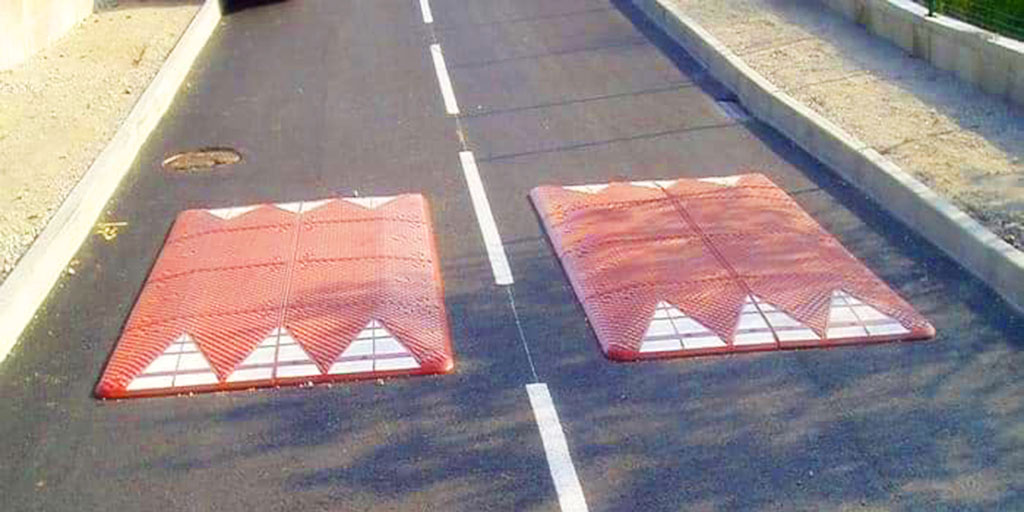
How do traffic calming measures make hospital and school zones safe?
Hospitals and school zones are the most vulnerable spots for accidents and are hazardous for high traffic. There are loads of traffic, including heavy traffic, bicycles, cars, buses and motorists near schools with people of all ages.
Crossroads and high-speed vehicles mostly make it hard for teenagers and adults.
Similarly, arrival and departure times crowd the road, resulting in significant delays. But considerable safety is achieved if traffic calming measures are used in a school zone.
Road markings should also be provided along the roads to the schools, and clear directional signs with markings make it easy for the traffic to calm down. Reflective stickers, zebra, ladder and continental patterns also make the path safer.
Hospital zones are secured with various warning signboards that alert drivers in the same pattern before reaching the hospital zone. Clear roads also help ambulances take patients as soon as possible and increase the response rate to save people’s lives.
Feedback signs can also be provided for the drivers of oncoming traffic so that their psychological response is changed when entering the hospital zone.
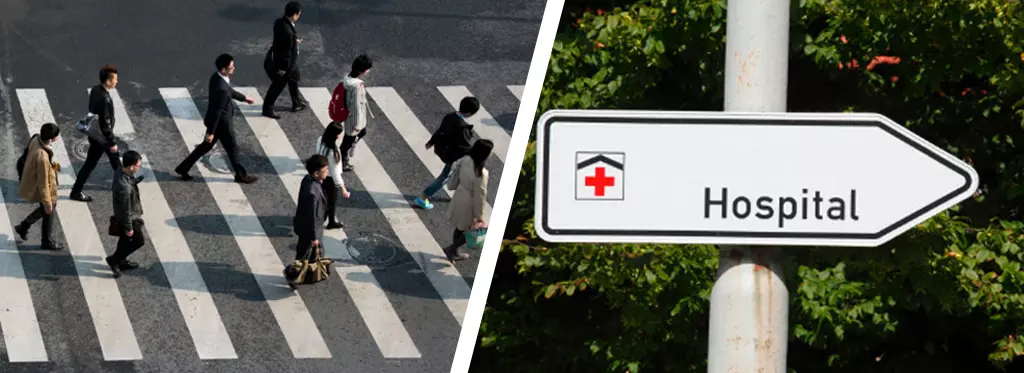
Conclusion
Traffic calming measures or road devices are among the best ways to control traffic and lower fatalities.
In fact, road accidents are the leading cause of severe injuries that lead to death, and teenagers are most vulnerable to such accidents.
Residential areas, school zones, hospitals, public work areas, and other private or public driveways can be made safe with traffic-calming devices.
These devices are intended for your safety; taking them seriously is in your best interest.
So, follow traffic rules, observe traffic signs, keep in the lanes and play your part to make the roads safer for everyone by considering these traffic calming devices.
👇🏻
IF YOU ARE LOOKING TO WORK DIRECTLY WITH A MANUFACTURER,
FEEL FREE TO CONTACT US. WE ARE VERY HAPPY TO HELP!





















